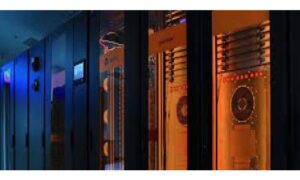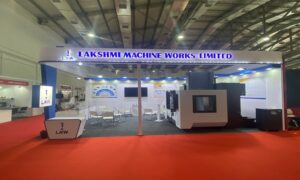A new white paper examines the theory behind natural refrigerants and the technologies available to optimise energy savings.
Natural refrigerants are considered a sustainable solution as they have a minimal effect on the environment, with technologies that have evolved over recent years to optimise their use. In several HVAC/R applications, natural refrigerants are now the preferred option in new equipment, especially in countries that have started phasing out HFCs. Nonetheless, this transition requires efficient systems that can also reduce indirect CO2 emissions. The use of the highest performance technology is essential for combining natural refrigerants and high efficiency. There are several variables to consider: the unique characteristics of natural refrigerants, such as high pressures with R-744 (CO2) cycles and the flammability of hydrocarbons.
“The aim of the ‘Natural Refrigerants’ white paper is to systematically bring together the results of years of study and research into natural refrigerants”, commented Miriam Solana, HVAC/R Technical Knowledge Specialist. “Our intention with this document is to contribute in making theoretical information available as much as possible, and providing an overview of the technologies for optimising energy savings and creating systems with the lowest total CO2 emissions. At CAREL we believe in the importance of supporting broad use of these refrigerants, which represent a concrete and feasible response to environmental sustainability. We need to continue to study and carry out research: the goal of innovation is to achieve systems that are compatible with the unique characteristics of natural refrigerants and in compliance with regulations, without sacrificing efficiency”.
The Natural Refrigerants white paper is divided into five parts. The first provides a summary of the characteristics of natural refrigerants. The second examines the evolution of cycles with natural refrigerants and the possibilities that are currently available. The last three sections describe examples of modulating technologies and high-efficiency solutions. The goal is to have an overview of the technologies available to design high-efficiency systems using natural refrigerants.
For more information, please visit: https://www.carel.com/web/guest
Cookie Consent
We use cookies to personalize your experience. By continuing to visit this website you agree to our Terms & Conditions, Privacy Policy and Cookie Policy.















